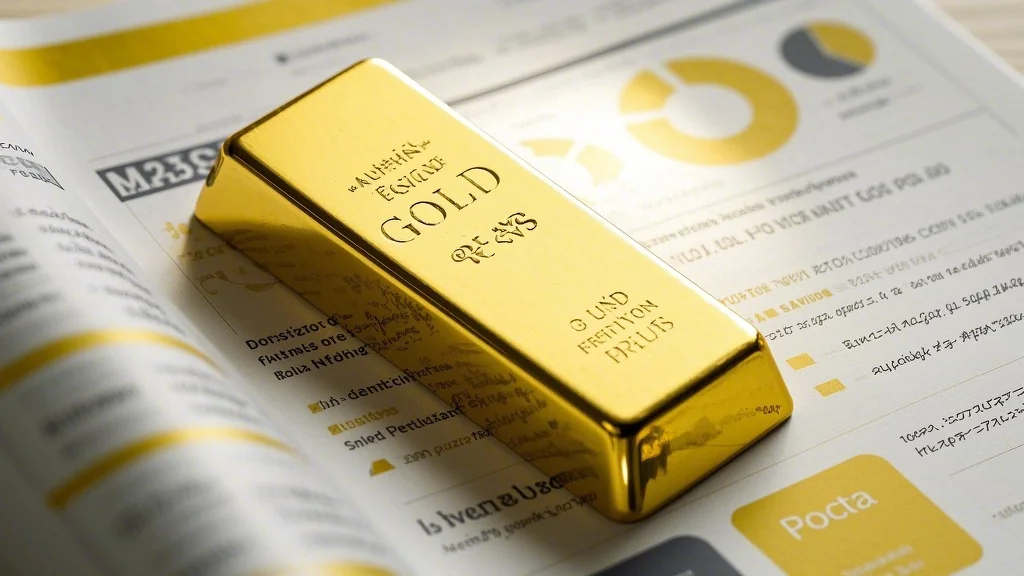Understanding Precious Metals and Their Role in Investments
Precious metals have long been pivotal in investment portfolios, offering a blend of liquidity, diversification, and potential returns. Among these, gold stands out as a traditional safe haven, while others like silver, platinum, and palladium each offer unique opportunities and risks.

Gold: The Tried and True Safe Haven
Gold is renowned for its status as a store of value and a hedge against economic uncertainty. Its historical significance dates back millennia, making it a timeless asset. Investors turn to gold during periods of geopolitical instability, economic downturns, or inflation, as it tends to hold or increase in value when other assets falter. Central bank policies, inflation rates, and investor sentiment are key factors influencing gold prices, contributing to its overall stability and liquidity.
Silver: The Industrial Workhorse
Silver, often referred to as “poor man’s gold,” is prized for its industrial applications. It is used extensively in electronics, photography, and solar energy, making its demand closely tied to global industrial activity. This dual role as both an investment and an industrial commodity can lead to greater volatility, as its price is influenced by both economic conditions and industrial trends. Investors should note that silver’s performance can be riskier due to its sensitivity to market fluctuations and speculative activities.
Platinum and Palladium: Automotive Favorites
Platinum and palladium are primarily valued for their role in catalytic converters, crucial for reducing vehicle emissions. Platinum has historical significance in diesel vehicles, while palladium is more favored in gasoline vehicles. The health of the automotive sector, environmental regulations, and the shift towards electric vehicles significantly impact their demand and price. This can make platinum and palladium investments more volatile and dependent on the auto industry’s direction.
Factors Influencing Metal Prices
Each metal’s price is swayed by distinct factors. Gold is driven by macroeconomic and geopolitical factors, offering relative stability. In contrast, silver’s volatility comes from industrial use and speculative forces, while platinum and palladium are hostage to automotive trends. Understanding these influences helps investors gauge each metal’s potential risks and returns.
Risk Tolerance and Investment Objectives
Investors must consider their risk tolerance and financial goals when choosing between these metals. Gold is a safer bet for those seeking stability, whereas silver, platinum, and palladium may appeal to those with a higher risk appetite aiming for capital growth. Diversification across these metals can balance risk and reward, but overexposure to volatile options should be avoided.
Choosing the Right Precious Metal for Your Portfolio
Gold: The Core of a Stable Investment Strategy
Gold is often the cornerstone of an investment portfolio due to its consistent performance during economic uncertainty. It serves as a hedge against inflation and currency fluctuations, making it a reliable asset for preserving wealth. Investors prioritizing safety and stability should allocate a significant portion to gold, especially in uncertain times.
Silver: Balancing Risk and Reward
Silver offers a unique blend of industrial utility and investment potential. Its industrial applications provide a steady demand, yet its price can be more sensitive to market conditions. Investors comfortable with moderate risk might include silver to capitalize on industrial growth, but should be cautious of its volatility.
Platinum and Palladium: Opportunities in the Auto Industry
Investing in platinum and palladium ties closely with the automotive sector’s health. As stricter emission regulations drive demand, these metals can offer growth opportunities. However, investors should be mindful of the auto industry’s shifts, such as the rise of electric vehicles, which could impact their value. These metals are suitable for those seeking high returns with a willingness to accept higher risk.
Diversification and Strategy
A diversified portfolio including gold, silver, platinum, and palladium can offer a balance of stability and growth. Gold acts as a hedge, while others provide exposure to industrial and economic trends. Investors should align their choices with their financial goals, whether it’s wealth preservation, income generation, or capital appreciation. Consulting a financial advisor can help tailor an investment strategy that suits individual needs.
: Navigating the Precious Metals Landscape
Each precious metal offers distinct advantages and risks. Gold’s stability, silver’s industrial ties, and platinum/palladium’s auto industry dependency provide varied investment avenues. Investors must assess their risk tolerance, investment objectives, and market insights to make informed decisions. By understanding these dynamics, investors can craft a strategic approach to precious metals, enhancing their portfolio’s resilience and growth potential.